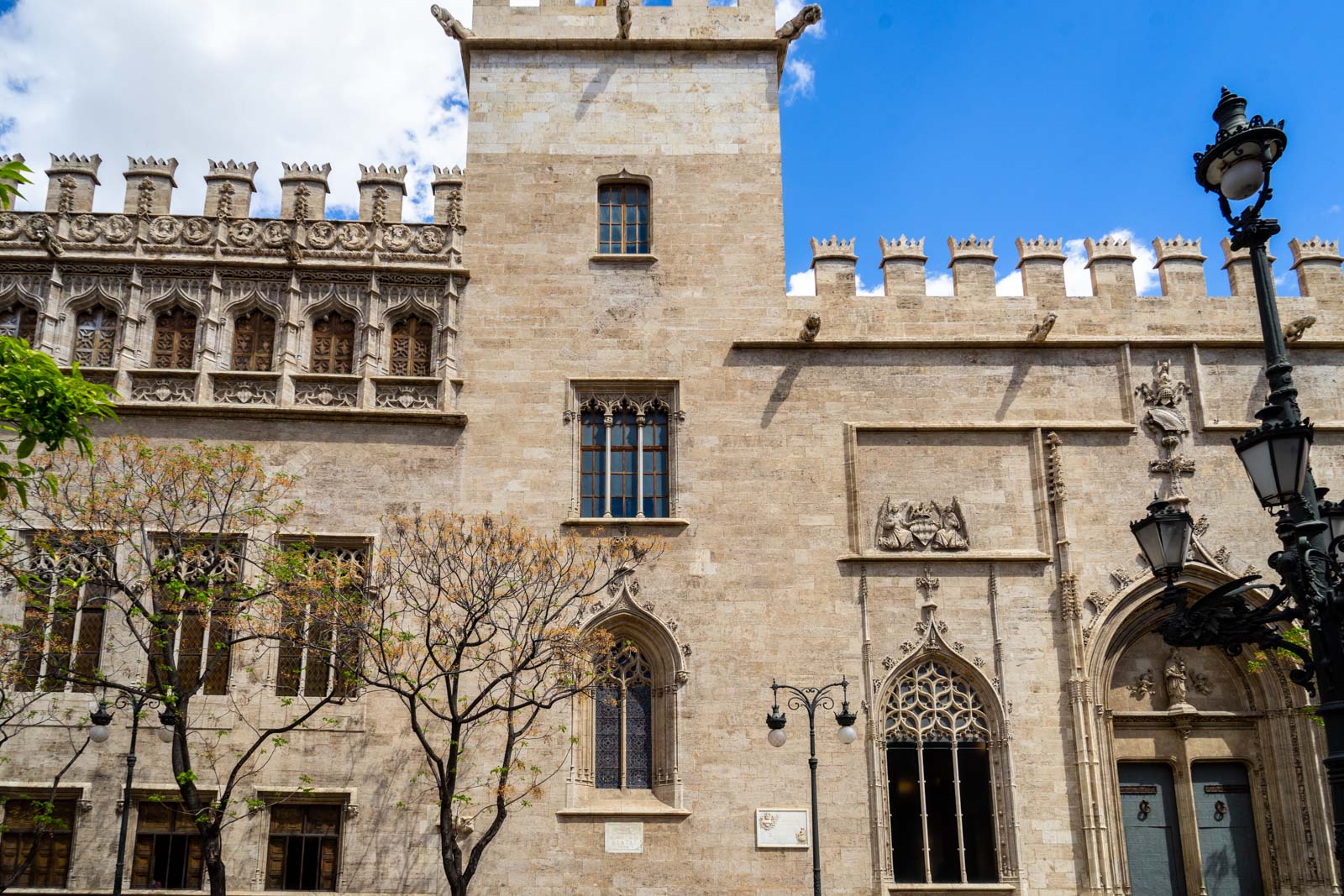
Visiting the beautiful Valencia Silk Exchange (Lonja de la Seda)
Built between 1482 and 1533, the city's silk market La Lonja de la Seda overlooks the square and has been a silent witness to some of Valencia's goriest events. The building was declared a UNESCO World Heritage Site in 1996 for being a late-Gothic architectural marvel and a symbol of the power and wealth of Valencia in its Golden Age of commerce.

LA LONJA DE LA SEDA
La Lonja de la Seda de Valencia Built between 1482 and 1533, this group of buildings was originally used for trading in silk (hence its name, the Silk Exchange) and it has always been a centre for commerce. It is a masterpiece of late Gothic architecture.

Visitar Lonja de la Seda Valencia
Chapel (1996) by La Lonja de la Seda de Valencia UNESCO World Heritage. The chapel is located on the ground floor of the tower and entry is gained via a large doorway above which can be found an image of Jesus. The door, which dates back to 1601, was removed from the old City Hall and relocated here in 1902.
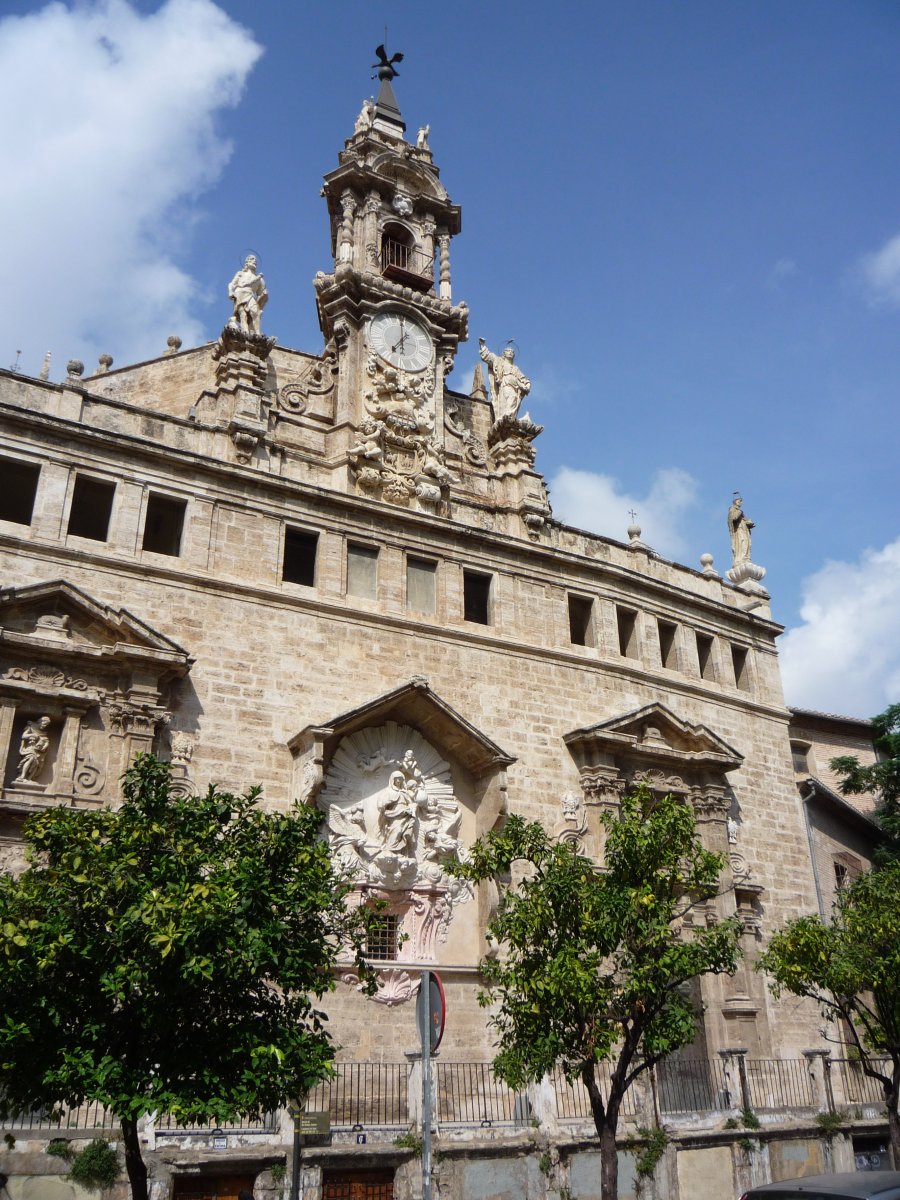
Unesco La Lonja de la Seda de Valencia
The Lonja stands on a rectangular plot of land covering about 2,000 square metres (about 21,500 square feet). The complex is divided into four parts: the Sala de Contratación, the Torreón (which includes a chapel), the Pabellón del Consulado, and the Patio de los Naranjos. A sizable proportion of the area is occupied by the Sala de.
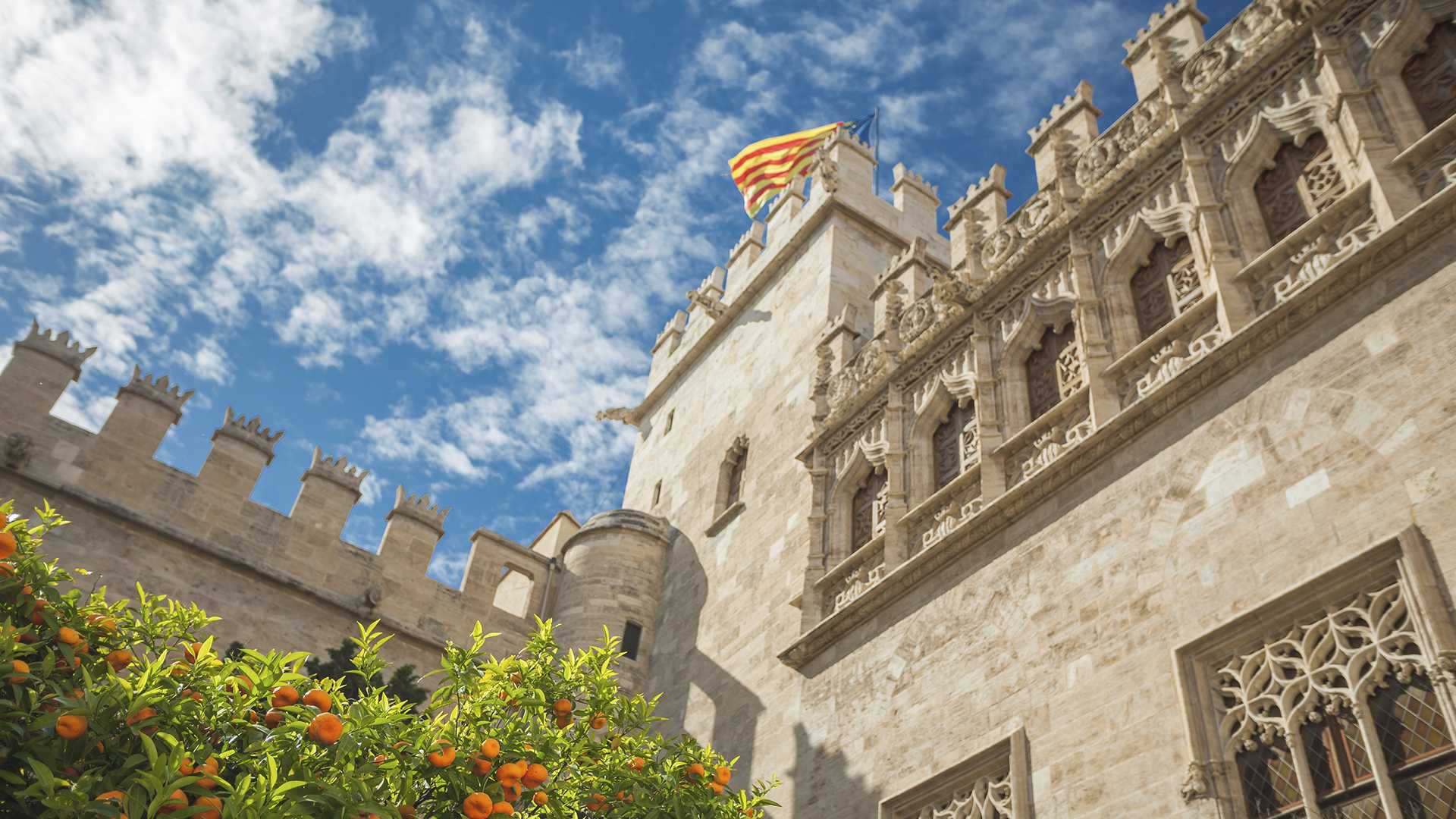
La Lonja de la Seda de València, Historia Viva de la Ciudad Comunitat Valenciana
La Lonja de la Seda de Valencia. Built between 1482 and 1533, this group of buildings was originally used for trading in silk (hence its name, the Silk Exchange) and it has always been a centre for commerce. It is a masterpiece of late Gothic architecture. The grandiose Sala de Contratación (Contract or Trading Hall), in particular.

La Lonja de la Seda de Valencia cumple 25 años como Patrimonio de la Humanidad
The Lonja is the building that best exemplifies the flourishing wealth of Valencia's Golden Age, the 15th century. The reason why this piece of Valencian civil gothic architecture exists as we know it today is the commercial boom experienced at the time. In the picture you can see Valencia's Lonja de la Seda back in 1892 (on the left) and.

Llotja de la Seda de València Ciudad de valencia, Valencia, Valencia españa
👉 The orange garden Hidden behind the high walls of the Lonja de la Seda, the orange garden ( Pati dels Tarongers in Valencian) is a refreshing oasis in the heart of the city. Captain Ulysses can only recommend lingering around the star-shaped fountain to enjoy its coolness. 👉 The Tower
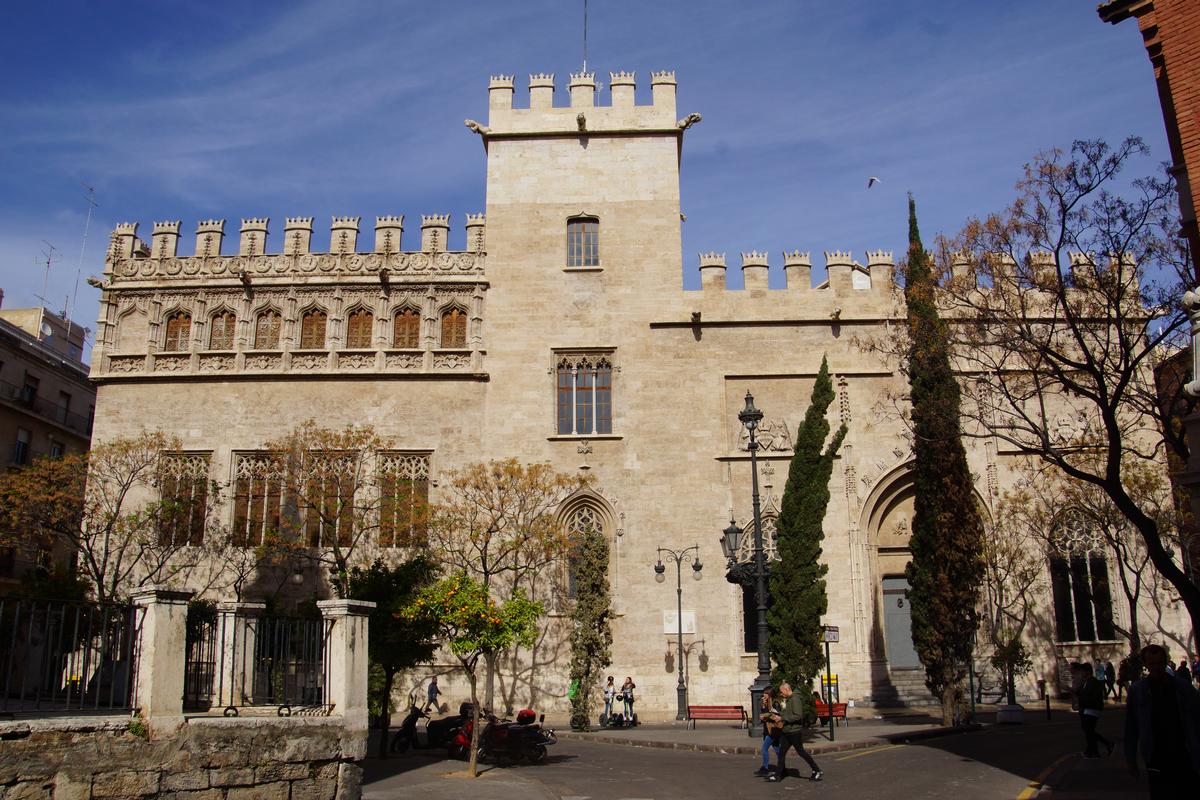
Lonja de la Seda (Valencia, 1548) Structurae
28. from 250,00€. VIEW ALL. The Lonja de la Seda, also called Llotja de la Seda in Valencian (meaning Silk Exchange in English) is a Mediaeval trading centre and one of the key examples of Valencian Gothic civil buildings. The Mediterranean Gothic, a style peculiar to the region, reverberates in the halls of the building.
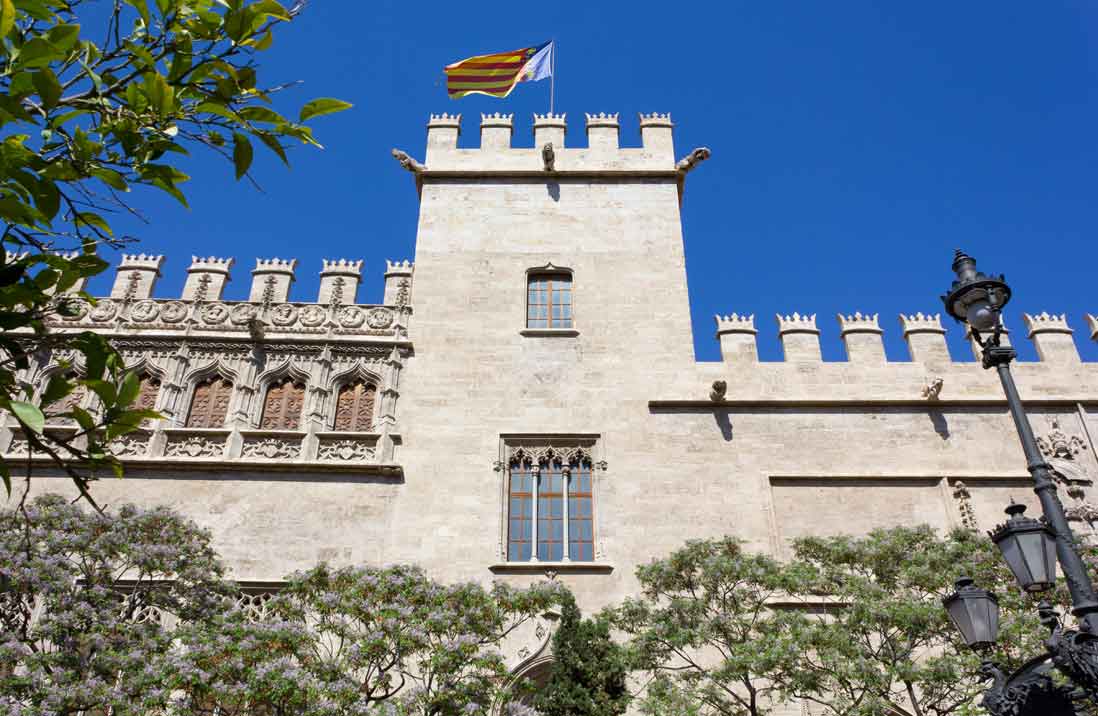
Lonja de la Seda Guía de Valencia ¿Qué ver y hacer? Tripkay
La Lonja de la Seda. La Lonja de la Seda de Valencia is a 15th-century Gothic masterpiece that was used as a trade hall and silk exchange. This commercial building became a symbol for the Golden Age of Valencia when it was one of the great Mediterranean mercantile cities. It still is used for commercial purposes.

Lonja de la Seda Valência tickets comprar ingressos agora
Valencia's La Lonja was the place for traders from Italy, North Africa, and France to name a few. The currency was strong, and the city flourished. There are 3 main sections to the La Lontja de la Seda, and they all lead out to the Courtyard of the Oranges to make a square.
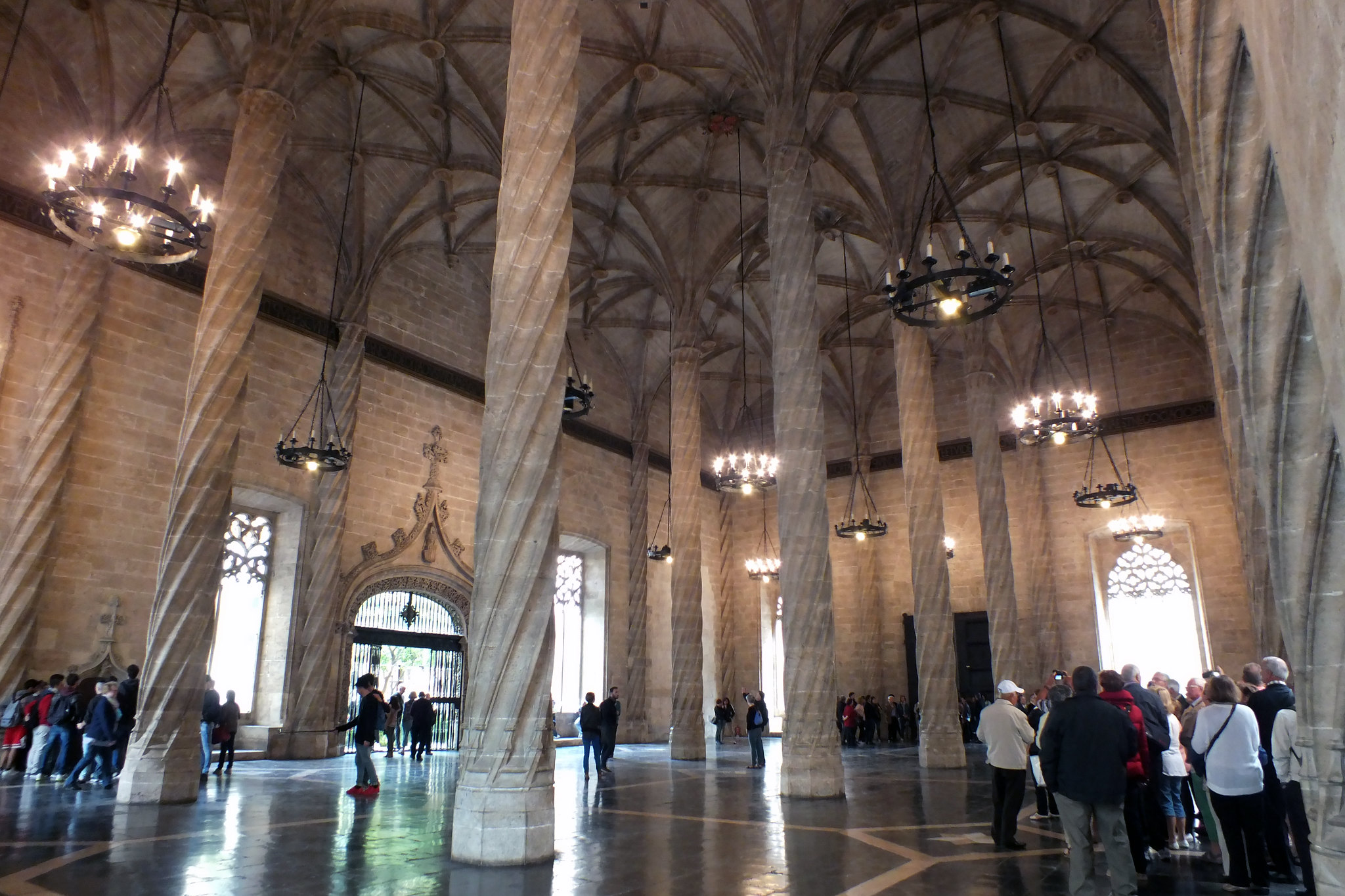
La Lonja de la Seda, Valencia, Spain
Even within Valencia, which had become a wealthy and prosperous city, La Lonja de la Seda was one of the most important commercial buildings. It was used as a silk exchange until the 18th century, and also had a role in the politics and culture of the city during that time, as a place where informal meetings and negotiations took place.

Horarios Lonja de la Seda Valencia Guías Viajar
Coordinates: 39°28′27.9″N 0°22′42.4″W The Lonja de la Seda or Llotja de la Seda ( Valencian pronunciation: [ˈʎɔdʒa ðe la ˈseða], English "Silk Exchange") is a late Valencian Gothic -style civil building in Valencia, Spain. It is a principal tourist attraction in the city. History

La Lonja de la Seda de Valencia, un tesoro gótico
La Lonja de la Seda (Halle de la Soie). Patrimoine de l'humanité Lonja, 2 - 46001 - Valencia QUARTIER TOURISTIQUE : Centre historique Déclarée patrimoine mondial de l'UNESCO La Lonja est un des édifices caractéristiques de la ville tout en étant un des plus célèbres monuments du gothique civil que l'on peut trouver en Europe.
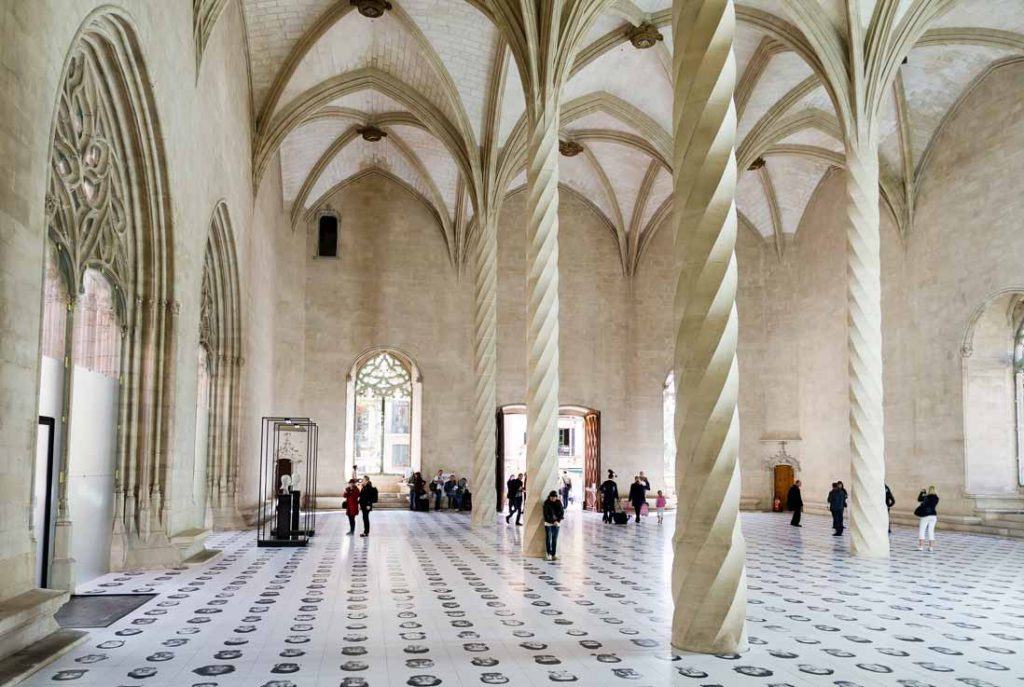
Lonja de la Seda Guía de Valencia ¿Qué ver y hacer? Tripkay
La Lonja de la Seda de Valencia o Lonja de los Mercaderes (en valenciano Llotja de la Seda o Llotja de Mercaders) 1 es una obra maestra del gótico civil valenciano situada en el centro histórico de la ciudad de Valencia ( España ).
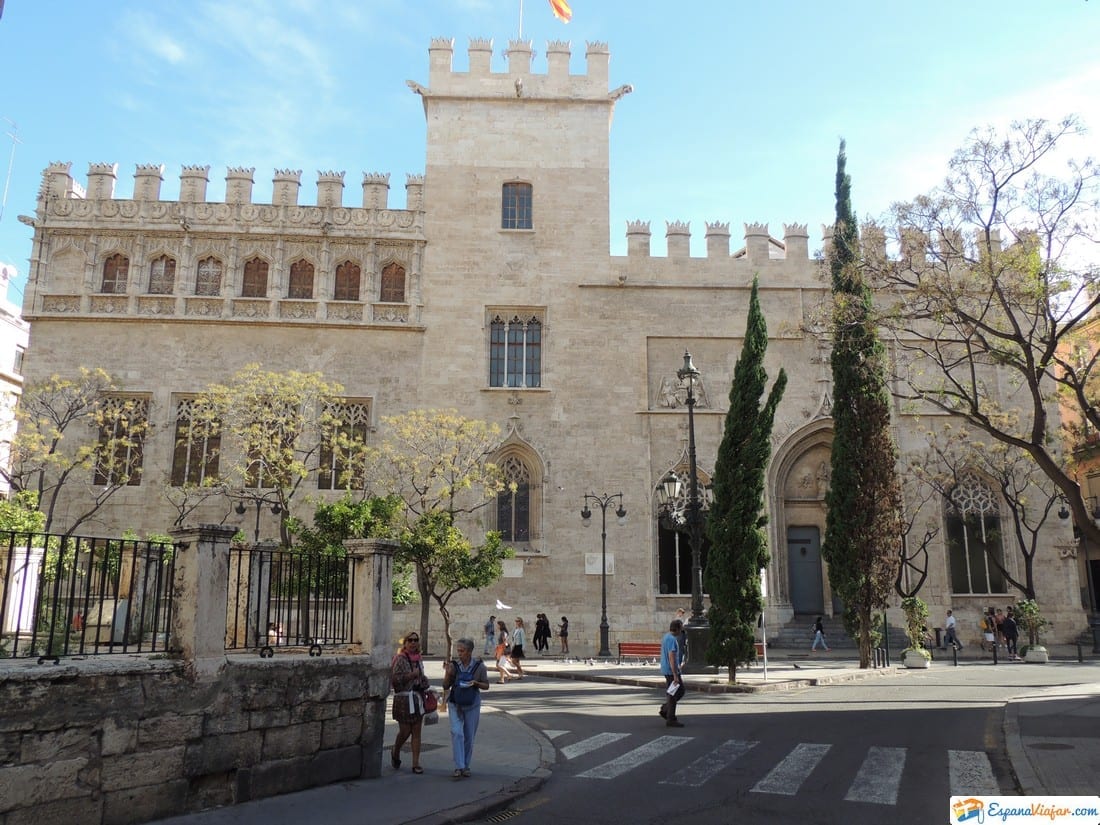
LA LONJA DE LA SEDA DE VALENCIA » Qué ver y hacer
La Lonja de la Seda es una obra maestra del gótico civil valenciano, construida a finales del siglo XV, y su objetivo era servir de sede para realizar transacciones mercantiles en un momento en el que València estaba muy ligada al comercio de la seda. Este edificio refleja una época de oro que puedes imaginar recorriendo sus salas.

Visitar la Lonja de la Seda de Valencia. Horarios, precios e historia.
Address: Plaza del Mercado, Valencia 46001. Itinerary: El Mercat Category: The Silk Market is the main monument of the city and a masterpiece of civil Gothic architecture. The building has been declared by UNESCO as part of Humanity's Heritage. Construction on the Lonja began in 1483, a project of renowned master builder Pere Compte.